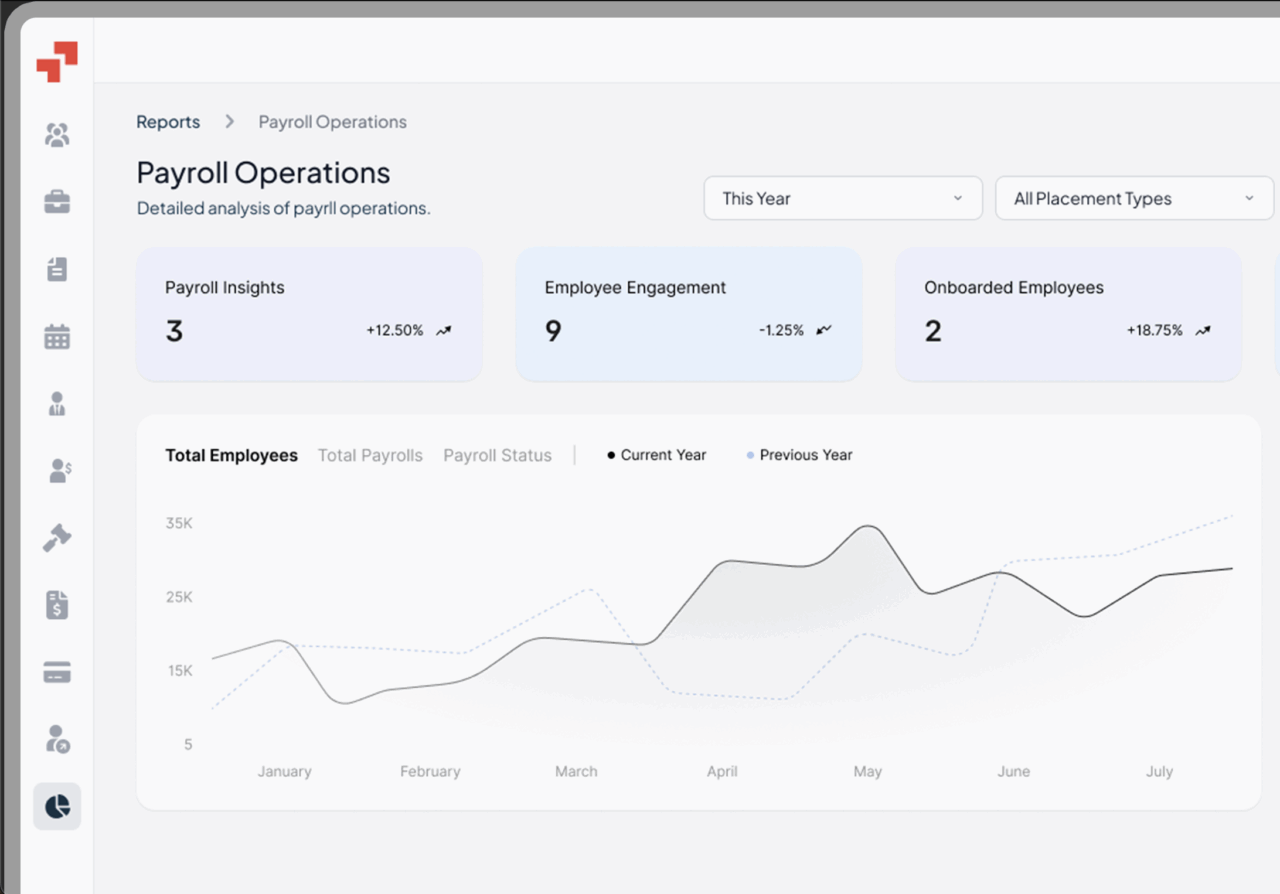Global Workforce GlossaryEmployment Agreement
Related Terms
Conditions of Employment
Probationary Period
Employment Status
Common Law Employee
International Employment
Expanding your team globally involves more than hiring—it requires clear, compliant employment agreements that adhere to local employment laws . These contracts define expectations, responsibilities, and legal protections for both employers and employees. For companies navigating international hiring, employment agreements ensure clarity, minimize risks, and support smooth workforce management.
Table of Contents
- What is co-employment?
- What are co-employment laws?
- Why is co-employment a risk?
- What are co-employment rules
- Co-employment do’s and don’ts
- How does co-employment work?
- What is the difference between co-employment and joint employment?
- Co-employment vs PEO
- Co-employment vs employee leasing
- Is co-op considered a full-time employee?
- Is it illegal to work for two jobs in the same industry?
- Co-employment examples
- Practical Case Study Example
- PamGro and Co-employment: Your Global Partner
What is an Employment Agreement?
An employment agreement, also called an employment contract, is a legally binding document between an employer and an employee. It outlines the terms and conditions of employment, including job responsibilities, compensation, working hours, and other critical clauses.
Beyond simply detailing pay and title, employment agreements protect both parties by setting clear expectations and preventing misunderstandings. They can cover full-time, part-time, casual employment, or independent contractor arrangements, making them vital in any organization. For global businesses, a properly structured employment agreement also ensures compliance with local labor laws.
How to Draft an Employment Agreement
Drafting an employment agreement starts with understanding the role and local labor regulations. Begin by outlining core terms such as job title, compensation, benefits, required notice period and probationary periods. Include essential clauses like confidentiality, dispute resolution, and non-solicitation to safeguard company interests.
When hiring internationally, companies must adapt agreements to local legal requirements, which can differ significantly by country. Using a structured template or partnering with global workforce experts like PamGro ensures your employment agreements clearly define employment duration while protecting your business.
Tip: Keep language clear, concise, and easy to understand to avoid ambiguity that could lead to disputes over confidential information .
How Do Employment Agreements Work?
An employment agreement formalizes the employer-employee relationship. Once signed, it legally obligates both parties to honor the terms. Employees agree to perform assigned duties, adhere to company policies, and maintain confidentiality, while employers commit to compensation, benefits, and safe working conditions.
These agreements can be “at-will,” allowing either party to terminate employment under certain conditions, or fixed-term, specifying a defined period that supports job security . Employment agreements also integrate with the employee handbook, which further outlines workplace policies, expectations, and procedures.
External reference: For more on employment rights, visit SHRM for comprehensive external reference.
What Must be Included in an Employment Contract?
Key elements of an employment agreement include various employment clauses :
- Job Title & Responsibilities: Clear definition of role scope and duties.
- Compensation & Benefits: Salary, bonuses, health insurance, and retirement plans.
- Employment Type: Full-time, part-time, casual employment, or independent contractor.
- Confidentiality Clause: Protects company data and intellectual property.
- Non-Solicitation Clause: Prevents employees from poaching clients or staff.
- Dispute Resolution: Mechanisms for resolving conflicts, including arbitration.
- Termination Terms: Conditions for ending employment, notice periods, and severance.
Properly including these clauses reduces legal risk and mitigates potential legal issues, ensuring compliance across multiple jurisdictions.
Compliance Challenges of Employment Agreements
For companies hiring globally, compliance is a major challenge. Employment laws vary by country, covering termination rules, mandatory benefits, leave entitlements, and employment types. Misalignment with local law can lead to fines, disputes, or even invalid contracts for both the employer and the employee .
An employment agreement must balance company policy with local regulations. Partnering with an EOR provider like PamGro ensures that international employees are onboarded under legally compliant contracts, including local labor law adherence, payroll, and benefits management.
What are the Types of Employment Agreements
Common types include various written agreements :
- Permanent Employment Agreements: Ongoing employment with benefits and standard termination clauses.
- Fixed-Term Contracts: Employment for a set period, often project-based.
- Casual Employment Contracts: Flexible hours with limited benefits.
- Independent Contractor Agreements: For freelancers or consultants, specifying project scope and payment.
- At-Will Agreements: Employment can be terminated at any time by either party, with or without cause.
Each type addresses different business needs while including standard clauses such as confidentiality, non-solicitation, and dispute resolution that protect both the employee and the employer.
Why Employment Agreements Are Important
Employment agreements are crucial because they provide clarity, protect intellectual property, and prevent disputes. They set expectations for both employees and employers, reducing misunderstandings.
For global companies, these agreements also ensure compliance with international labor standards, protecting the company from potential legal challenges. Additionally, they serve as a foundation for employee engagement and workplace trust, enhancing productivity and retention.
What is the Purpose of an Employment Contract?
The primary purpose is to define the employment relationship and legal obligations. It ensures that employees understand their role, compensation, benefits, and the expectations tied to their position.
For employers, it provides legal protection, clarifies responsibilities, and establishes a framework for managing disputes. In international hiring scenarios, employment contracts also help maintain consistent HR policies across countries for each new employee while respecting local laws.
What Are the Benefits of an Employment Agreement?
Employment agreements offer:
- Legal Protection: Minimizes risks of disputes or litigation.
- Clarity: Outlines responsibilities, expectations, and policies.
- Employee Confidence: Clear terms improve job satisfaction and engagement.
- Compliance Assurance: Ensures adherence to labor laws in local and international markets.
- Dispute Resolution: Establishes formal mechanisms to handle conflicts.
Companies leveraging global employment agreements can scale efficiently while maintaining workforce compliance and alignment.
What Happens If You Break an Employment Agreement?
Breaking an employment agreement can have serious consequences. Employees may face legal action, loss of severance, or reputational damage. Employers may incur fines or legal disputes, especially if termination violates local labor laws.
Disputes are often resolved via negotiation, arbitration, or court proceedings depending on the jurisdiction and the contract’s dispute resolution clause. Partnering with a global HR solutions provider like PamGro helps mitigate risks by ensuring contracts are legally sound and enforceable internationally.
Employment Agreement vs Offer Letter
An offer letter is a preliminary document offering employment, outlining role, salary, and start date. It is generally not legally binding. An employment agreement, in contrast, is a formal contract detailing rights, responsibilities, clauses, and legal obligations.
While offer letters are concise and introductory, employment agreements provide comprehensive coverage of employment terms, including confidentiality, non-solicitation, and dispute resolution. Together, they form a complete onboarding documentation package.
Example of Employment Agreement
Scenario: A U.S.-based SaaS startup wants to hire a software engineer in Germany. Using a fixed-term employment agreement, the contract specifies job title, duties, compensation in euros, local benefits, confidentiality obligations, and a non-solicitation clause. The agreement also includes a dispute resolution clause to handle potential conflicts under German labor law.
Outcome: The employee has clarity on responsibilities and benefits, while the company remains compliant with German employment laws. By leveraging PamGro’s global EOR services, the company avoids establishing a legal entity in Germany, ensuring hassle-free payroll, taxes, and statutory compliance.
How PamGro Supports Employment Agreements
PamGro simplifies international hiring by handling all employment agreements, contracts, and compliance requirements. Our services ensure:
- Legally compliant employment contracts tailored to local laws
- Inclusion of essential clauses like confidentiality, non-solicitation, and dispute resolution
- Seamless global payroll, benefits, and HR management
- Risk mitigation when hiring full-time, part-time, or independent contractors
By partnering with PamGro, companies can expand globally without establishing local entities, saving time and reducing legal complexities while maintaining a professional and secure workforce.
Hire the Best Talent, Anywhere






